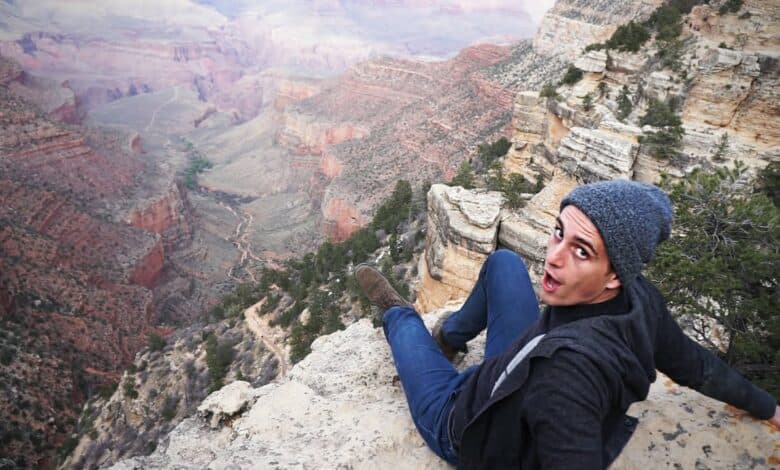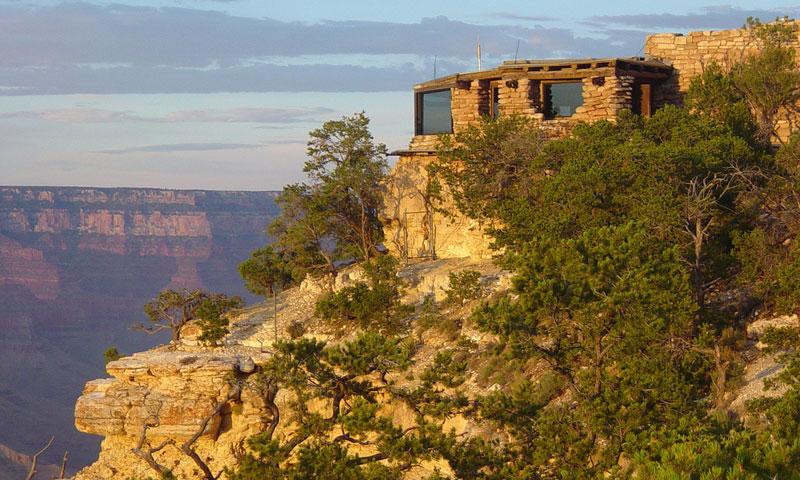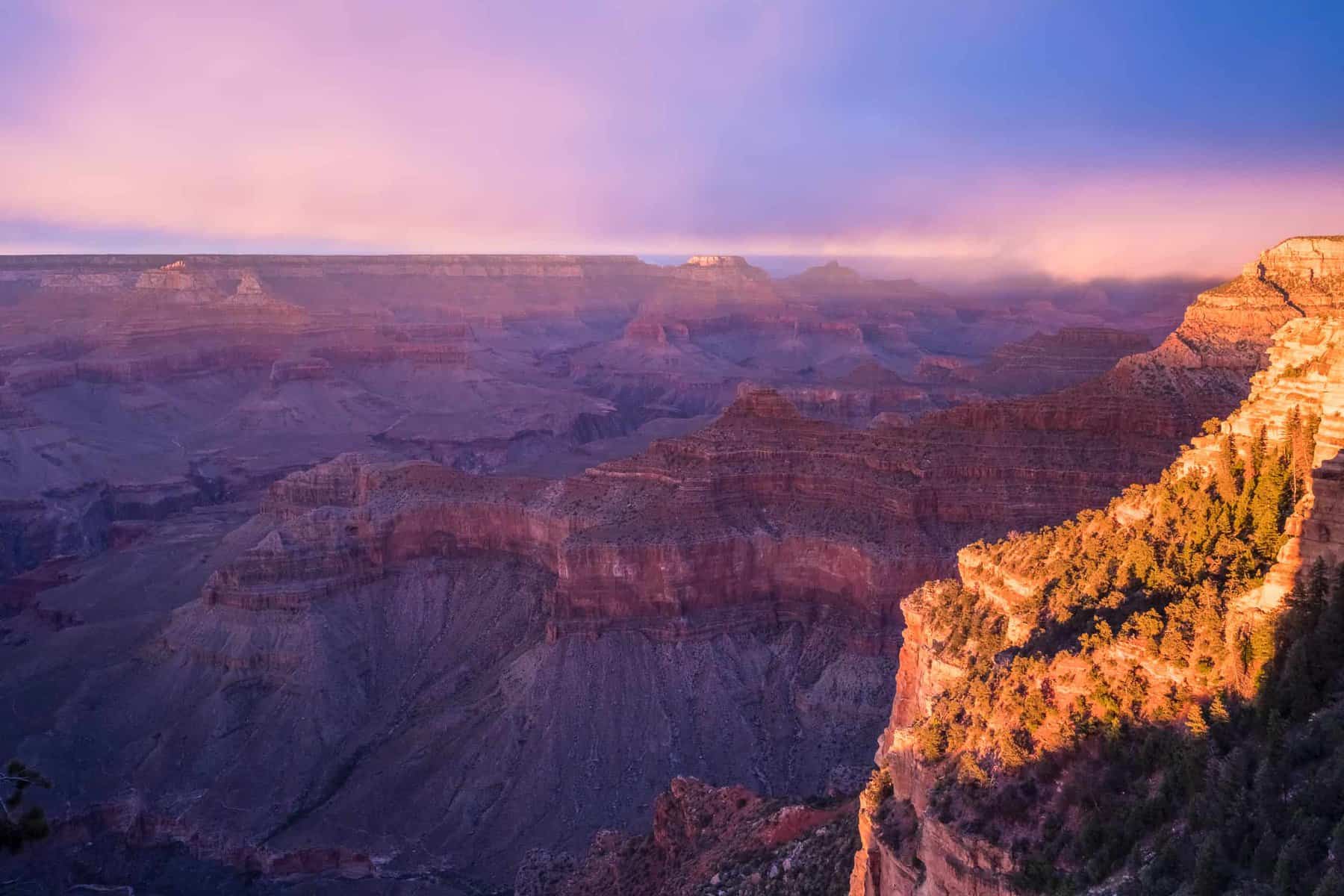Two deaths in as many days – Grand Canyon
NEWS

In a tragic twist of fate, a seasoned adventurer met his end while illegally BASE jumping from the iconic heights of the Grand Canyon—a stark reminder of the deadly stakes in this extreme sport. This marks the second fatality in the canyon in just 24 hours, a sobering statistic that underscores the risks lurking in these majestic yet perilous landscapes.
On August 1st, the serene morning at Yavapai Point was shattered when the Grand Canyon National Park’s communications center received a report of a BASE jump gone awry. Rangers raced to the scene only to find the body of 43-year-old Justin Guthrie, a thrill-seeker from St. Anne, Missouri, lying 500 feet below the rim with his parachute tragically deployed too late.

Yavapai Point
Guthrie’s daring leap violated the strict regulations that ban BASE jumping in the park, a rule designed to protect both the jumpers and the park’s visitors. Despite the allure of the canyon’s awe-inspiring cliffs, they’ve proven to be deadly time and again. The day before Guthrie’s ill-fated jump, another visitor, 20-year-old Abel Joseph Mejia from Hickory, North Carolina, lost his life in what appears to be an accidental fall—a stark reminder that even the most breathtaking views can have deadly consequences.

Guthrie’s death is the first BASE jumping fatality in the Grand Canyon in over a decade, the last being David Strather, a Canadian surgeon who also met his end chasing the thrill of freefall. The allure of the canyon’s immense drop, coupled with the rush of the jump, has a magnetic pull for the most daring adventurers, but the risks are undeniable.
Park officials continue to urge visitors to respect the boundaries and stay on designated trails. The Grand Canyon’s beauty is best admired from a safe distance—no adrenaline rush is worth the cost of a life.



